I'm trying to integrate SendOwl shopping cart into my application (details of the application are at the end).
To demo the problem I created a simple snippet using pure HTML / Javascript. In the head section of the HTML, I have this:
<script type="text/javascript">
function SendOwl(url) {
window.location.href=url;
}
</script>
<script type="text/javascript" src="https://transactions.sendowl.com/assets/sendowl.js" ></script>
In the body I have this:
Example 1: Opens the checkout form in its own window (Undesired behavior):
<input type="button" onclick="SendOwl('https://transactions.sendowl.com/products/8/5C080C0F/purchase');" value="On Click" />
Screenshot 1: Notice the URL changed and it's not an overlay (compared to 2).
Example 2: Opens the checkout form in a modal window as an overlay (Desired behavior):
<a href='https://transactions.sendowl.com/products/8/5C080C0F/purchase'>a href</a>
Screenshot 2: The URL stays the same, but the form opens in an overlay.
You can also see a live demo on the SendOwl's demo page.
My application is based on GWT (SmartGWT to be precise). In my application, I call button onclick handler to invoke a Javascript that invokes the Buy Now link using JSNI call (shown below). But the Buy Now link always opens in a full window as in example 1 above.
public static native void onBuyNowClick(String url) /*-{
$wnd.SendOwl(url);
}-*/;
I have tried $wnd.open(url) but that has the same behavior.
How do I get the first example to behave like the second but still using button onclick?
UPDATE:
The magic is in the sendowl.js script. If I remove that script, then both examples work the same way. If I could figure out how that script works, it might give some clues to make Example 1 work the same way as Example 2.
Thanks.


